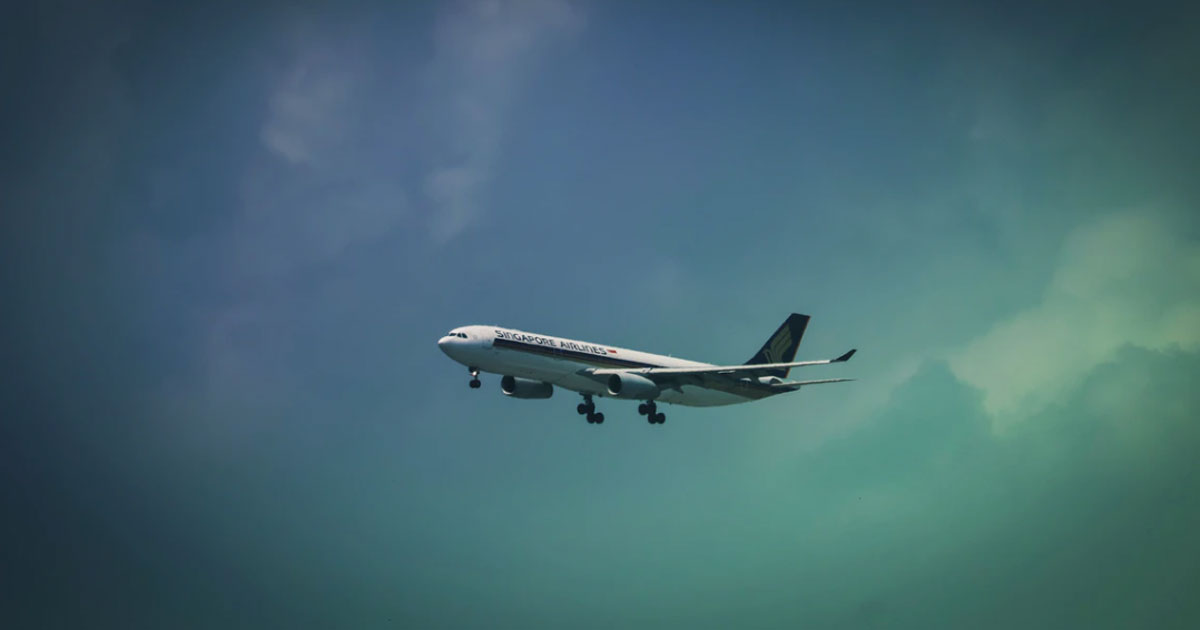Singapore Airlines (SIA) is going to incur its first full-year loss ever in 48 years of existence.
It expects to suffer an overall net loss for the financial year 2019 and 2020 as the Covid-19 pandemic continues to put another nail in the coffin of air travel.
The full-year loss is set to be registered even though the national carrier posted strong results for the first nine months of the financial year.
But SIA said in a filing to the Singapore Exchange on Friday, May 8 that a full-year loss is expected.
SIA’s financial year for 2019 and 2020 is from April 2019 till end-March 2020.
Three profitable quarters
The airline reported an overall net profit of S$520 million for the three quarters from April to December.
But Covid-19 thwarted plans.
SIA said it expects to report a material operating loss for the fourth final quarter.
In other words, the losses in the fourth quarter alone would overwhelm the S$520 million profit made over the first nine months.
The unaudited financial results for the fourth quarter and the full year will be released on May 14 to provide more details.
Losses from many areas
SIA’s losses stems from its fuel hedging, a process of locking in prices to guard against increases over the long term.
However, oil prices have collapsed globally.
As a consequence, SIA is left paying for fuel that costs more than what it is selling for at the moment.
Fuel hedging losses may be expected in this last quarter as oil prices have remained low since the start of its new financial year, SIA said
The capacity cuts also mean that SIA is in an over-hedged position with respect to fuel consumption for the new financial year of 2020 and 2021.
SIA also said it will continue to cut costs as it also expects operating cash flows to remain negative.
Global air travel is down 96 per cent.
The airline is implementing a hiring freeze, deferring non-essential expenditure projects, and imposing tight controls on expenditure.
The only bright spark has been cargo yields that have gone up in the final quarter of the financial year of 2019 and 2020.
Cargo capacity still remains below pre-Covid-19 levels though.
SARS crisis
During the 2003 Severe acute respiratory syndrome (SARS) outbreak, SIA reported a loss of S$312 million in the first quarter of that financial year.
The SARS period lasted from March to July, and SIA recovered and posted a S$849 million net profit for the full financial year of 2003 and 2004.
If you like what you read, follow us on Facebook, Instagram, Twitter and Telegram to get the latest updates.
